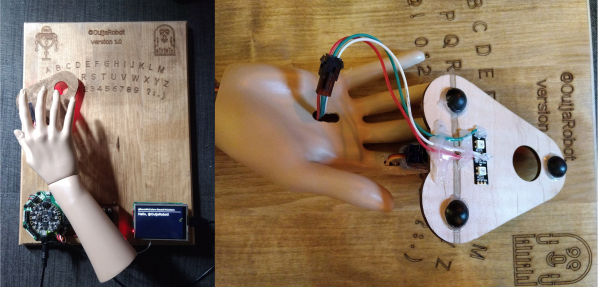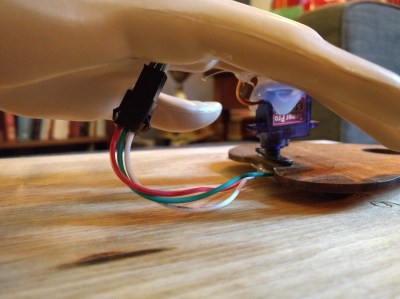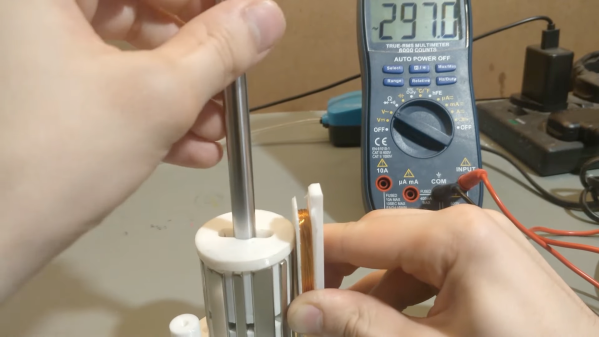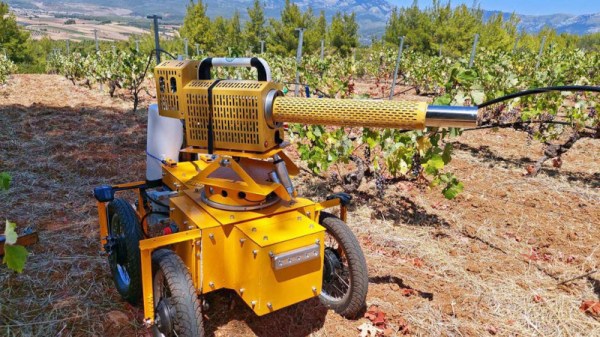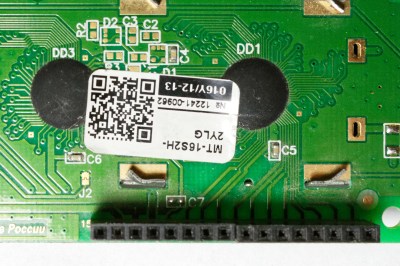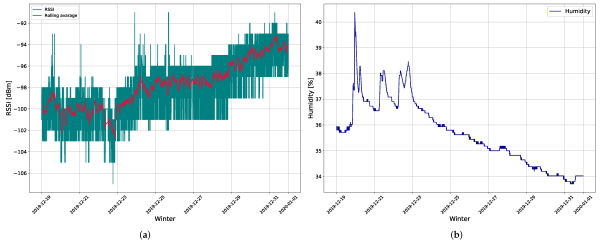A major part of finding extraterrestrial life is to be able to profile the atmosphere of any planets outside of our solar system. This is not an easy task, as these planets are usually found through the slight darkening of their star as they pass in front of it (transition). Although spectroscopy is the ideal way to profile the chemical composure of such a planet, having a massive, extremely bright star right next to the planet is more than enough to completely overpower the faint light reflecting off the planet’s surface and through its atmosphere. This is a major issue that the upcoming Habitable Exoplanet Imaging Mission (HabEx, also called the Habitable Worlds Observatory, or HWO) hopes to address using a range of technologies, including a coronagraph that should block out most of the stellar glare.
While this solves much of the issue, there are still a range of issues which the new field of astrophotonics seeks to address, as detailed in a recent paper by Nemanja Jovanovic and colleagues. This involves not only profiling chemical compositions, but also increasing the precision when monitoring for planet transit events using e.g. semiconductors-based laser frequency combs. These are generally combined with a spectral flattener, which in experimental on-chip form are significantly less bulky than previous setups, to the point where they don’t necessarily have to be Earth-based.
Continue reading “The Path To Profiling Extraterrestrial Atmospheres With Astrophotonics”


